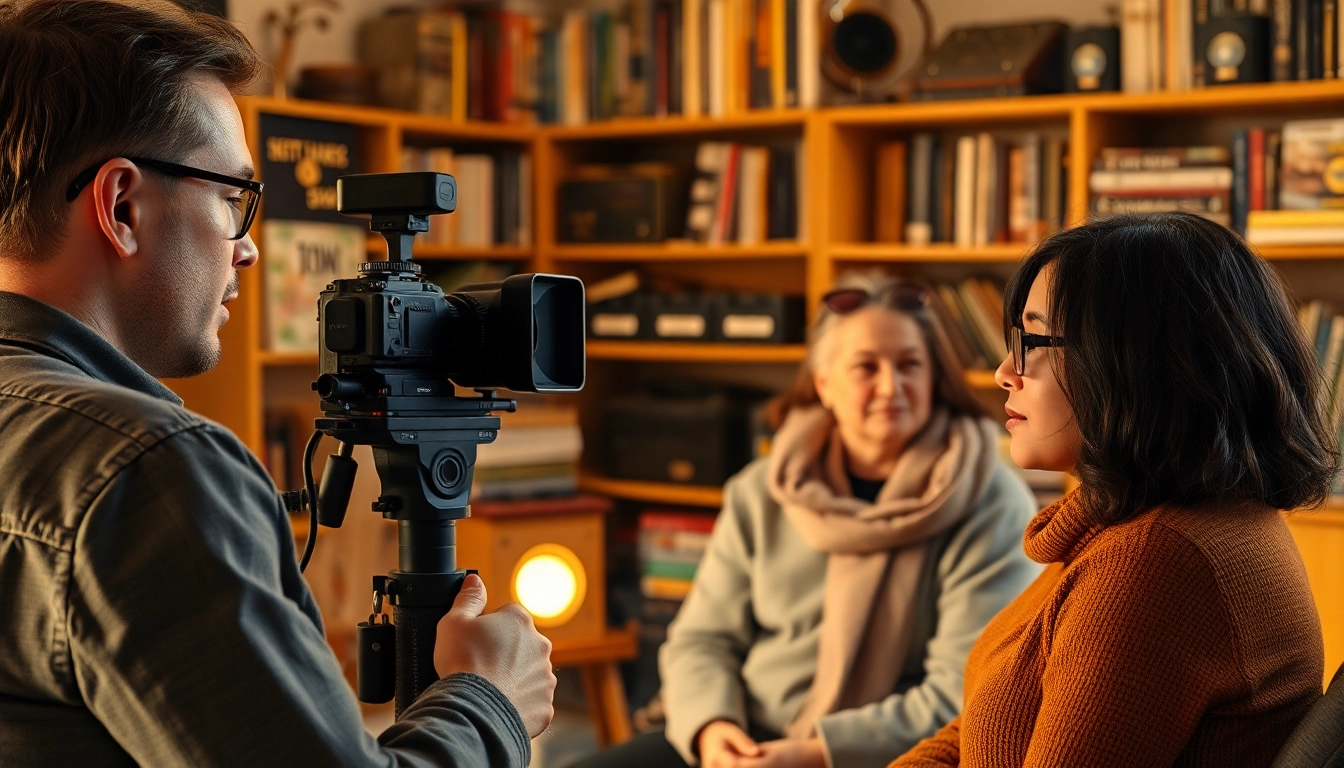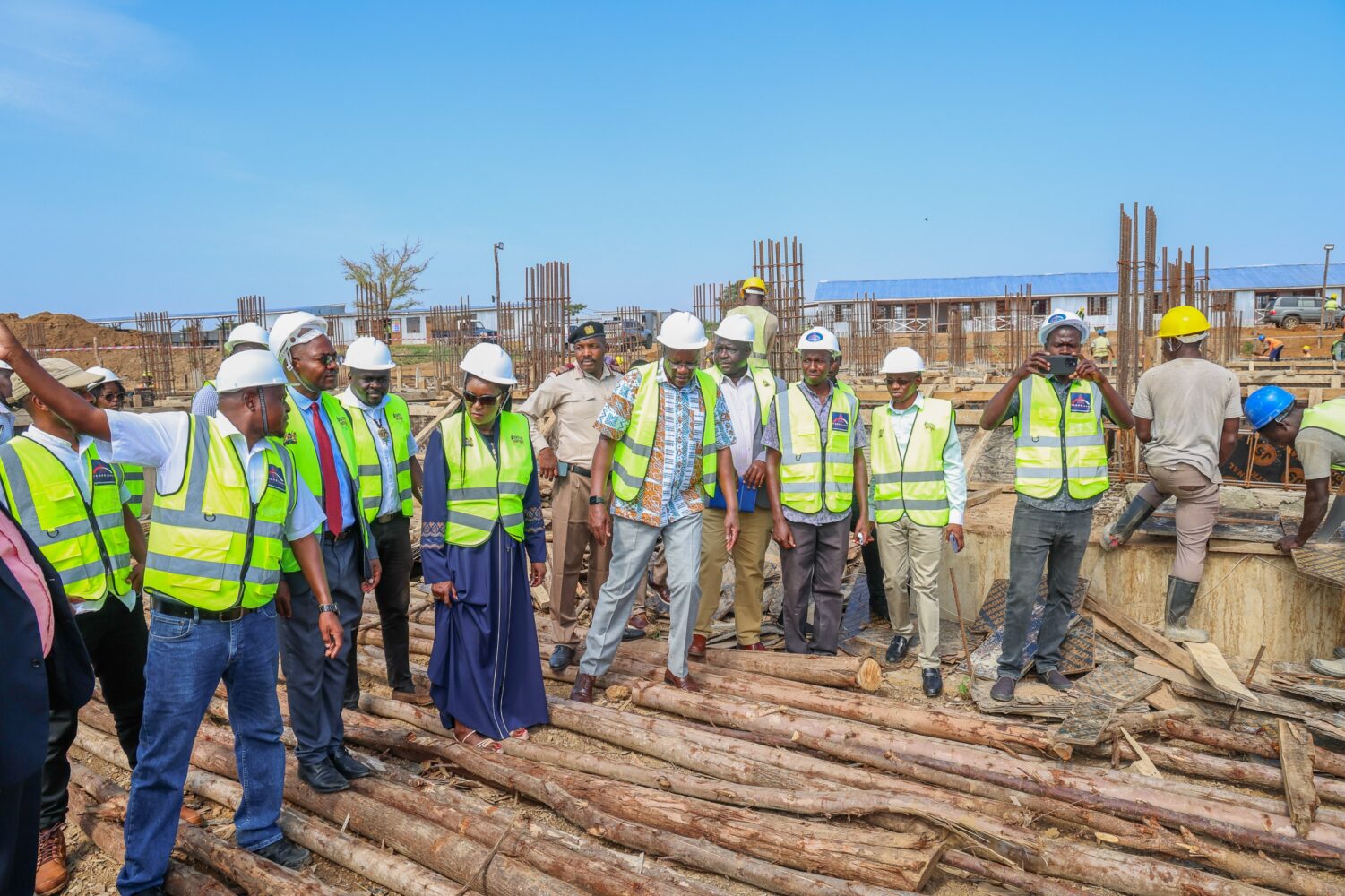
Understanding the Essence of Stories & Documentaries
Stories & Documentaries hold a unique place in media, weaving together the threads of real-life experiences into a tapestry that informs, entertains, and inspires. These narratives not only provide insight into various cultures and perspectives but also capture the human experience in all its complexity. The power of storytelling is reflected in the meticulous crafting of documentaries, where factual accuracy meets creative expression.
The Role of Storytelling in Documentaries
At the core of every effective documentary lies the art of storytelling. Rather than merely presenting facts, powerful documentaries engage audiences through narrative techniques that evoke emotion and empathy. By employing storytelling methods—such as character development, conflict resolution, and thematic arcs—filmmakers can transform raw data into compelling narratives that resonate deeply with viewers.
A successful documentary often features a central character or set of characters, allowing the audience to forge connections with real individuals facing authentic challenges. This approach brings a human touch to complex topics, making them accessible and relatable. Moreover, storytelling facilitates a deeper understanding of issues by presenting them within a broader context, encouraging viewers to reflect on their own beliefs and experiences.
Types of Stories & Documentaries
Documentaries can be categorized into several types, each serving different narrative purposes. Understanding these categories is essential for filmmakers aiming to efficiently convey their message:
- Expository Documentaries: These films are informative and typically feature a voice-over narration explaining the topic at hand. They often used to educate viewers on specific issues.
- Observational Documentaries: These allow the audience to witness real-life events unfold without interference from the filmmaker. This style fosters authenticity and realism.
- Participatory Documentaries: In this format, the filmmaker actively engages with the subjects, often becoming a character in the story themselves. This involvement highlights the relationship between the storyteller and the subjects.
- Reflexive Documentaries: These films challenge traditional documentary conventions by drawing attention to their own construction, encouraging viewers to question the nature of representation.
- Performative Documentaries: These focus on emotional truth rather than factual accuracy. They often showcase personal experiences and subjective insights to engage the audience on an emotional level.
Key Elements of Compelling Stories & Documentaries
Creating impactful documentaries requires attention to several key elements:
- Clear Purpose: Every documentary should have a defined purpose that guides the narrative and informs the audience about the central theme or issue.
- Well-Developed Characters: Films that feature relatable and complex characters encourage viewers to invest emotionally in their stories.
- Strong Visual Storytelling: The visual component of a documentary is crucial. Cinematic techniques such as composition, camera angles, and color grading play a significant role in conveying emotions and themes.
- Sound Design: Sound effects, music, and voice-over narration add depth to storytelling. A well-crafted sound design can elevate the emotional impact and enhance the experience for viewers.
Crafting Authentic Narratives
Authenticity is vital in documentary filmmaking. Audiences can easily sense when a narrative lacks sincerity, and this can undermine the film’s impact.Stories & Documentaries that resonate often come from a place of honesty and thorough research.
Researching Real-Life Stories for Documentaries
Successful documentaries are grounded in extensive research that provides a solid foundation for the narrative. Filmmakers need to dive deep into their subject matter, conducting interviews, examining historical context, and gathering relevant data.
Moreover, exploring multiple perspectives is crucial to creating a well-rounded view of the topic. Documentarians should aim to represent diverse voices and experiences, ensuring that their portrayal is nuanced and comprehensive.
Capturing Emotion Through Interviews in Stories & Documentaries
Interviews are a powerful tool for conveying emotion and authenticity in documentaries. They allow subjects to share their experiences and observations in their own words, fostering a sense of connection between the viewer and the stories being told.
When conducting interviews, filmmakers should create a safe and inviting atmosphere, encouraging subjects to disclose personal narratives and emotions. Thoughtful questioning techniques, active listening, and sensitivity to the subject matter are crucial for eliciting genuine responses.
Balancing Fact and Narrative in Stories & Documentaries
Striking the right balance between factual accuracy and narrative flow is essential in documentary filmmaking. While documenting real events, filmmakers must also ensure that the story remains engaging and coherent.
This balance allows filmmakers to draw from real-life events while crafting a narrative arc that captivates viewers. Avoiding an overload of facts helps maintain focus on the emotional core of the story, making it more relatable.
Technical Aspects of Filming
The technical elements of documentary filmmaking play a crucial role in shaping the overall quality and effectiveness of the narrative. From equipment choice to editing techniques, each aspect contributes to the storytelling process.
Choosing the Right Equipment for Stories & Documentaries
Selecting the appropriate gear is fundamental for capturing high-quality footage in documentaries. Filmmakers must consider their budget, project requirements, and specific shooting conditions when making these choices.
Popular equipment choices include:
- Cameras: DSLRs, mirrorless cameras, and camcorders are all popular for shooting documentaries, depending on the planned style and conditions.
- Microphones: Audio quality is crucial in documentaries. Shotgun microphones, lavalier mics, and handheld recorders are essential tools for capturing interviews and ambient sounds.
- Stabilization Gear: Tripods, gimbals, and steadicams help maintain smooth and stable shots, enhancing the viewer’s experience.
- Lighting Equipment: Proper lighting can significantly improve the quality of footage, particularly for interview setups. Softbox lights, reflectors, and portable lights are valuable tools for on-location shooting.
Lighting Techniques That Enhance Stories & Documentaries
Lighting is one of the most impactful elements in visual storytelling. It can create mood, highlight subjects, and guide the audience’s focus. Understanding lighting techniques is essential for filmmakers.
Key lighting techniques include:
- Three-Point Lighting: This classic technique uses a key light, fill light, and backlight to create depth and dimension.
- Natural Lighting: Leveraging existing light sources can create a more authentic feel, particularly in observational documentaries.
- Color Temperature Adjustment: Understanding and manipulating color temperature helps convey specific moods and emotions within scenes.
Editing Techniques for Impactful Stories & Documentaries
The editing phase is where the documentary truly comes together. This process involves selecting the best footage, pacing the story correctly, and including essential visuals and sounds to enhance the narrative.
Effective editing techniques include:
- Establishing a Narrative Flow: Organizing footage in a coherent manner is crucial for guiding viewers through the story.
- Using B-Roll: Supplementary footage, or “B-Roll,” enhances the story by adding context, emotion, and dynamism to primary interviews or scenes.
- Applying Transitions: Skillful use of transitions can enhance storytelling; however, they should be employed judiciously to maintain the documentary’s natural flow.
Promoting Your Stories & Documentaries
Once a documentary is complete, the next step lies in effectively reaching the target audience. Promotion strategies are crucial for ensuring that the story resonates with viewers and achieves its intended impact.
Strategies to Reach Your Audience with Stories & Documentaries
Effective marketing strategies begin with understanding the target demographics and utilizing platforms that are likely to reach them effectively. Here are key strategies filmmakers can adopt:
- Identify Target Audiences: Understanding who your film resonates with helps in creating tailored marketing strategies.
- Film Festivals: Participating in film festivals can help filmmakers gain exposure, network with industry professionals, and gather audience feedback.
- Screening Events: Hosting local screenings and discussions allows filmmakers to engage with their community and receive direct feedback.
Utilizing Social Media for Stories & Documentaries Promotion
Social media platforms have revolutionized how filmmakers can promote their work, offering diverse tools for engagement. Filmmakers can leverage these tools through:
- Content Sharing: Sharing trailers, behind-the-scenes footage, and interviews on platforms like Instagram, Facebook, and Twitter can drum up interest.
- Engage with Viewers: Actively interacting with followers and responding to comments fosters a sense of community and engagement.
- Collaborations: Partnering with influencers or blogs in the documentary sphere helps to amplify reach and credibility.
Creating Engaging Trailers for Stories & Documentaries
A well-crafted trailer serves as a powerful promotional tool, offering a snapshot of what viewers can expect from the documentary. To create an impactful trailer:
- Concise Storytelling: Highlight the film’s core message and emotional beats within a brief timeframe.
- Visual and Audio Quality: Use high-quality visuals and sound design to establish a professional tone.
- Call to Action: Encourage viewers to watch the documentary by providing information on where it can be found, whether in theaters or streaming platforms.
Measuring the Impact of Your Stories & Documentaries
Evaluating the impact of documentaries is crucial for understanding their effect on audiences and ensuring future projects are informed by previous successes and lessons learned. Measurement offers insights into engagement, reach, and overall effectiveness.
Audience Feedback and Analysis of Stories & Documentaries
Collecting and interpreting audience feedback is invaluable for gauging a documentary’s impact. Potential methods for gathering insights include:
- Surveys: Distributing surveys post-screening can collect quantitative data on audience reactions and opinions.
- Discussion Panels: Hosting postseason discussions allows viewers to share their interpretations and emotions regarding the documentary.
Metrics to Evaluate Storytelling Effectiveness
Beyond audience feedback, certain metrics can help filmmakers assess the effectiveness of their storytelling:
- Viewership Rates: Monitoring how many viewers watch the documentary, as well as average watch time, can offer insights into its impact.
- Engagement Statistics: Analyzing social media interactions and comments can help gauge viewer sentiment and engagement.
- Awards and Nominations: Recognition from peers can help affirm the documentary’s quality and narrative strength.
Case Studies of Successful Stories & Documentaries
Examining successful documentaries can provide actionable insights for filmmakers. Analyzing factors such as narrative structure, production quality, and audience reception can serve as a learning tool for creating future projects.
For instance, documentaries that have achieved both critical and commercial success frequently combine strong storytelling elements with innovative filmmaking techniques, captivating wide audiences while sparking conversations and inspiring change.






